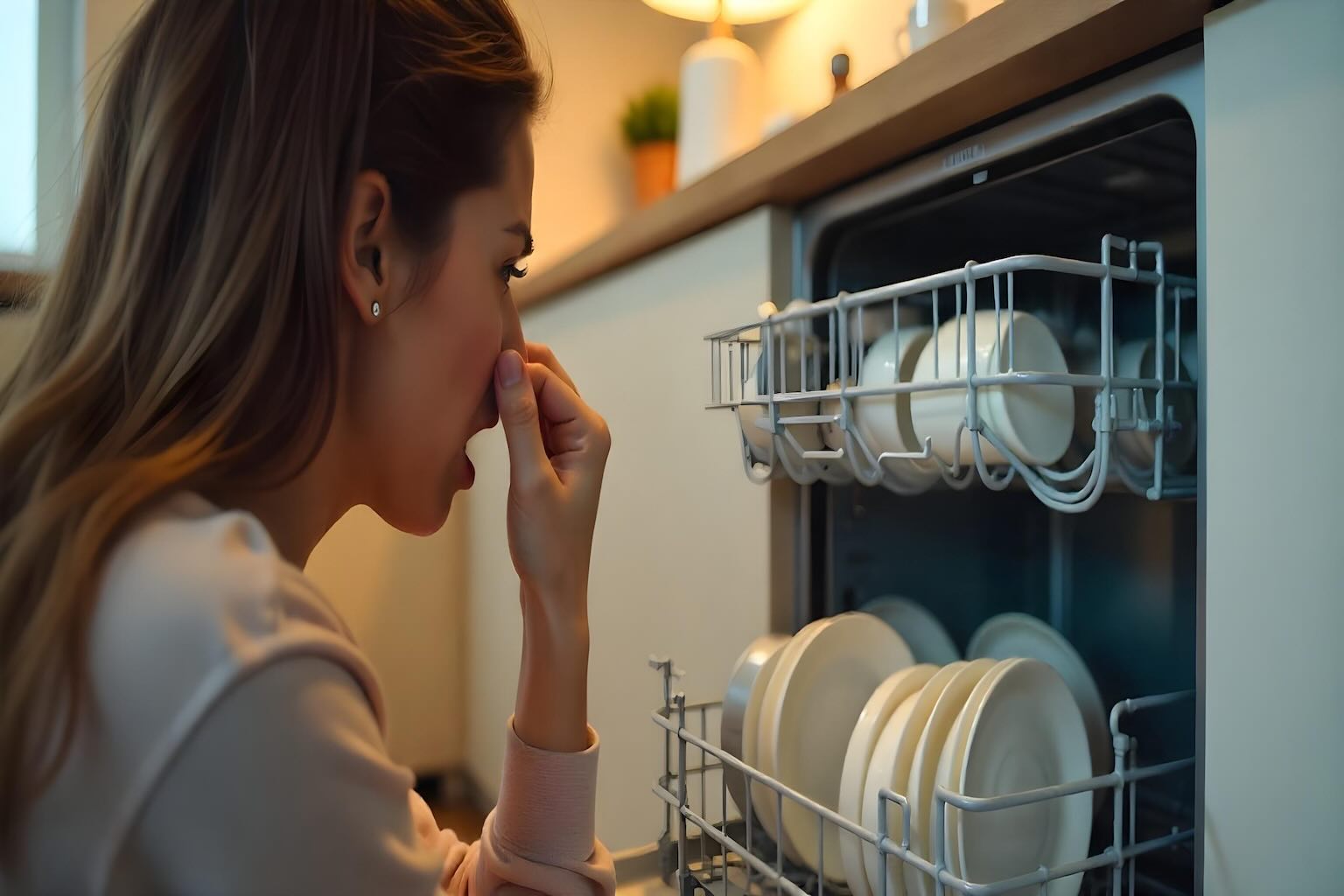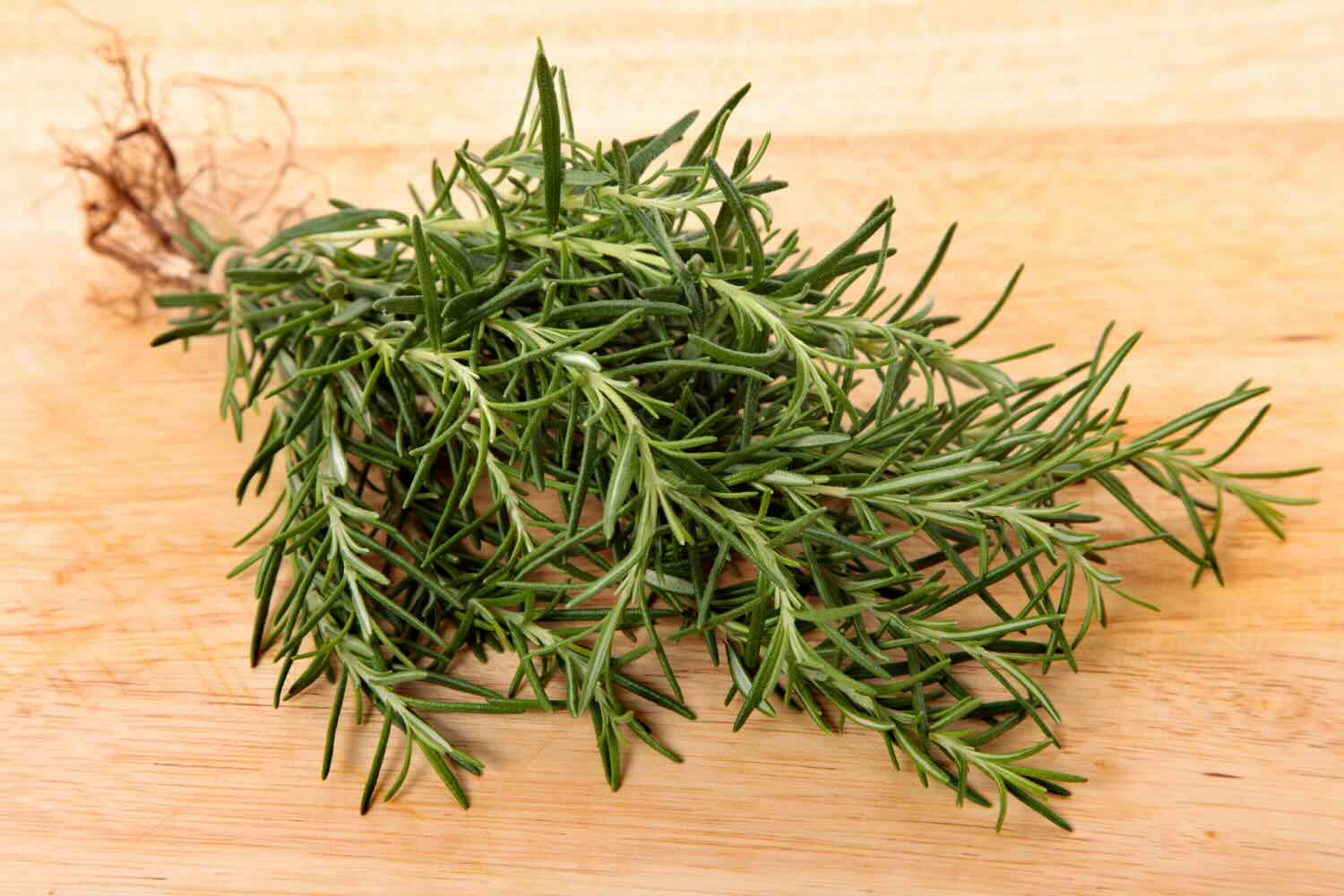If your machine smells funky or isn’t cleaning as well as it used to, don’t panic. With a few simple steps, you can restore it to top shape. Ideally, check your appliance’s manual for model-specific instructions (you can usually find it online if you misplaced the paper copy). But if not, here’s a reliable routine that works for most dishwashers.
Step 1: Empty the dishwasher completely
Before anything else, remove all dishes, cups, and utensils. If possible, slide out the bottom rack so you can easily access the interior. This also makes it easier to reach hidden corners where food scraps collect.
Step 2: Remove the filter
At the bottom of the machine, you’ll find a cylindrical or flat filter. Unscrew or unclip it carefully. The filter acts like a net, catching leftover food particles. When it’s clogged, water can’t flow properly, which reduces cleaning performance and often causes the dreaded smell.
Step 3: Wash the filter
Soak the filter in hot, soapy water for about 10–15 minutes. Then scrub gently with a brush (an old toothbrush works well) to remove grease, stuck-on food, and any trace of mold. Rinse thoroughly and check every crevice before putting it back.
Step 4: Wipe down the seals and interior
The rubber gasket around the door is another hotspot for mold and grime. Use a damp microfiber cloth dipped in warm, soapy water to clean it, along with the inside walls. For tough buildup, a paste of baking soda and water can act as a mild abrasive.
Step 5: Run a hot water cycle with a cup of white vinegar
Once the filter is back in place, set a dishwasher-safe cup filled with white vinegar on the top or bottom rack. Run the hottest cycle available. The vinegar cuts grease, dissolves soap scum, and neutralizes odors — leaving the inside of your machine squeaky clean. For extra sparkle, you can also sprinkle half a cup of baking soda on the bottom of the tub after the vinegar cycle and run a short rinse.
Why does my dishwasher smell?
Neither squats nor jumps: the best water workout for seniors over 65 to boost strength and stability
Dishwasher odors usually have simple explanations. Common culprits include:
-
A dirty filter: This is by far the biggest reason for a stinky dishwasher. Food scraps caught in the filter rot, creating unpleasant smells.
-
Soap scum buildup: Over time, soap residue combines with grease and food particles, producing a slimy layer that holds odors.
-
Mold and mildew: The rubber seals around the door can trap moisture, creating a perfect environment for mold growth.
-
Drain problems: If the drain hose is clogged or kinked, dirty water may sit in the bottom of the machine.
Ignoring these issues can do more than just create bad smells. It can also recirculate dirty water during the wash cycle, meaning your dishes never get fully clean. Worse, mold spores and bacteria can spread, making your machine unhygienic.
How often should you clean your dishwasher?
Think of your dishwasher like your car — regular upkeep prevents big problems later. Here’s a schedule you can follow:
-
After each cycle: Take a quick look at the bottom of the tub. If you see food scraps or debris, remove them immediately. This small step can prevent clogs and odors.
-
Weekly: Remove and rinse the filter, wipe down the door seals, and clean the edges of the door where grime often collects.
-
Monthly: Do a deep clean with vinegar (and baking soda if needed) to keep odors, grease, and limescale under control.
For households that run the dishwasher daily, more frequent cleaning may be necessary. If you only use yours occasionally, a monthly deep clean may be enough.
An extra boost with cleaning tablets
Sometimes, vinegar and baking soda aren’t enough to tackle hard water deposits or heavy buildup. That’s when specialized cleaners come in handy. Products like Affresh Dishwasher Cleaner Tablets are designed to dissolve limescale, mineral deposits, and grease in areas you can’t reach by hand — like the spray arms, pump, and internal hoses.
To use them, place one tablet in the detergent tray and run a normal cycle. For an extra dirty machine, toss a second tablet directly into the bottom before starting. They’re safe for monthly use and especially helpful if you live in an area with hard water.
Additional tips for a fresh and efficient dishwasher
-
Rinse dishes lightly before loading. You don’t need to scrub them clean, but removing large food chunks prevents clogging.
-
Check the spray arms. Food particles can sometimes get stuck in the tiny holes. Use a toothpick or paperclip to unclog them.
-
Leave the door open after cycles. This allows the interior to dry out and reduces the risk of mold and mildew.
-
Use the right detergent. Too much soap can cause residue, while poor-quality detergent may leave streaks or odors.
-
Run hot water at the sink first. This ensures the dishwasher starts its cycle with hot water, improving cleaning power.
A smelly dishwasher doesn’t mean it’s broken — it just needs a little care. By cleaning the filter, wiping down seals, and running a vinegar cycle once a month, you’ll keep it fresh and efficient. Adding an occasional cleaning tablet ensures buildup doesn’t sneak into hidden areas.
Treat your dishwasher like any other household appliance: maintain it regularly, and it will reward you with sparkling dishes and years of reliable service. A few extra minutes of cleaning now can save you expensive repairs later — and make your kitchen routine a lot more pleasant.











